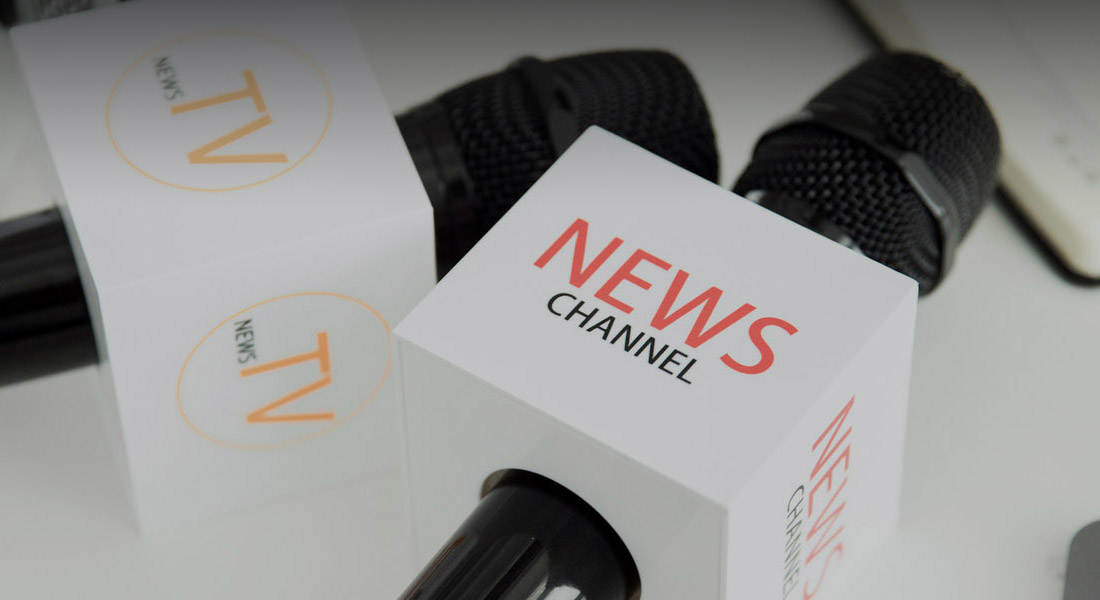The longevity of a slewing gearbox hinges on material selection and heat treatment processes. High-stress components like bearing raceways and gear teeth require a balance of surface hardness and core toughness to withstand cyclic loading and shock impacts.
Primary Material Choices:
-
Bearing Rings: Forged 42CrMo4 steel (equivalent to AISI 4140) is widely used for its high hardenability and impact resistance. After carburizing, the surface hardness reaches 58–62 HRC, while the core maintains 280–320 HB to absorb dynamic loads.
-
Worm Wheels: Centrifugal-cast G-CuSn12Ni bronze ensures a pore-free structure with superior wear resistance compared to sand-cast alternatives.
-
Housings: Nodular cast iron (e.g., EN-GJS-500-7) provides vibration damping and rigidity under moment loads up to 250 kN·m.
Heat Treatment Protocols:
-
Case Hardening: Components are carburized at 920–950°C, followed by oil quenching and tempering at 180–200°C to achieve a case depth of 2–4 mm.
-
Induction Hardening: For raceways, localized heating ensures minimal distortion while achieving surface hardness > 55 HRC.
-
Subzero Treatment: To stabilize microstructure, parts are cooled to -80°C post-quenching, reducing retained austenite.
These processes are validated through microhardness testing and metallographic analysis, ensuring compliance with international standards like ISO 6336 for load capacity calculations.

